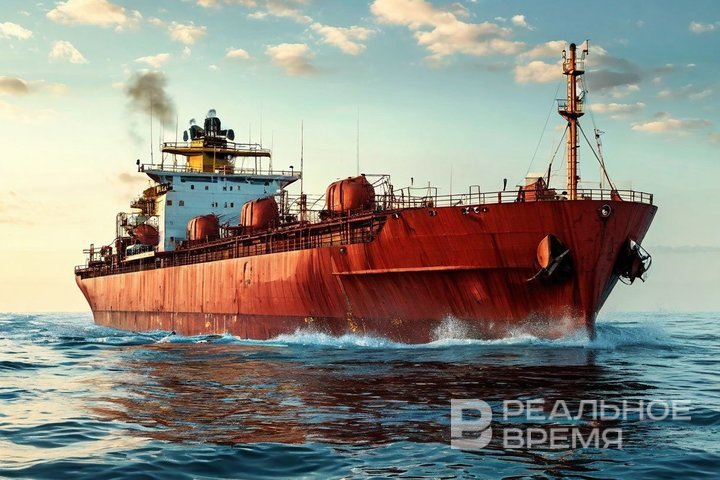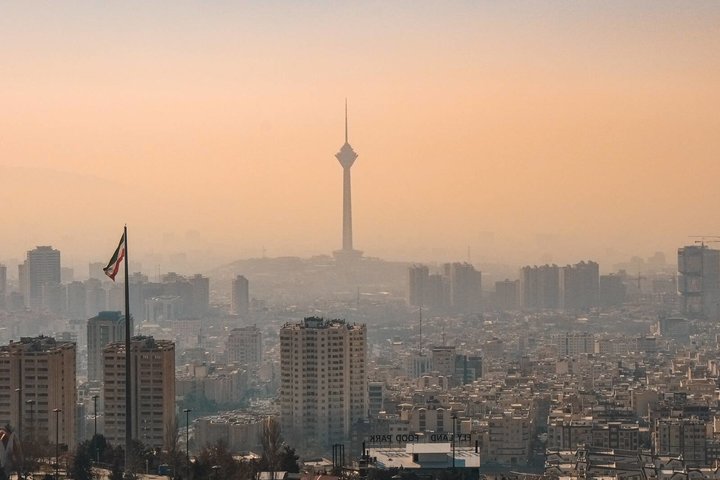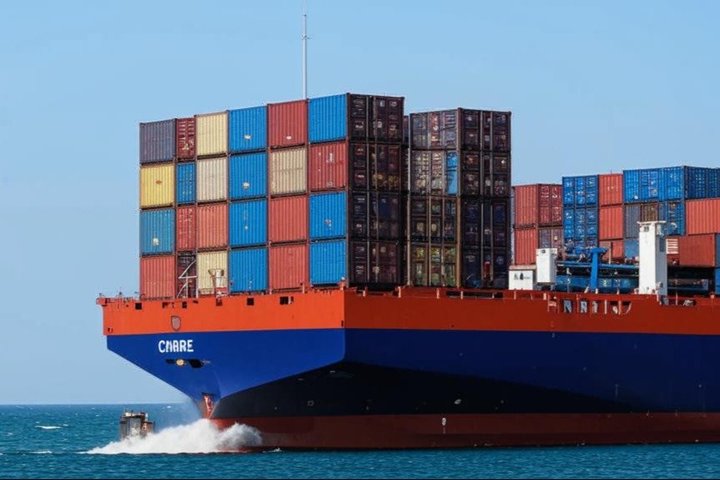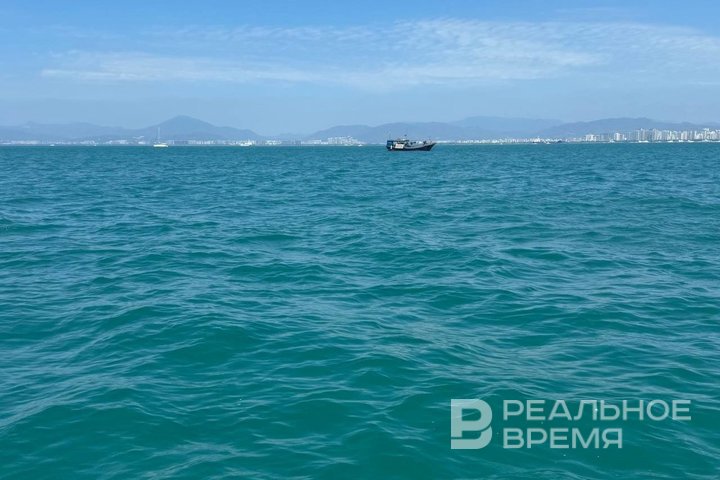Alexey Ponomaryov: ‘The shadow fleet has become a sustainable response to the sanctions war’

In recent decades, international sanctions have become a powerful tool for pressuring countries that pursue independent national and international policies. Especially if their course differs from the vector as seen by the countries of the conditional West. Countries that fell under sanctions were forced to build a parallel system of maritime logistics, called the “shadow fleet.” This is an informal but well-functioning international network operating outside the traditional control of the actual Western countries, which ensures the export of oil and other strategic cargo bypassing international restrictions, as well as the possibility of selling cargo at market prices. International expert in financing and building a ship-owning business Alexey Ponomaryov tells us more about who launched the first ghost tankers and how companies had to solve logistics issues bypassing sanctions in an op-ed column for Realnoe Vremya.
The fleet that came to life
The pioneer of shadow shipping is Iran. It was this country that became the pioneer in the use of a shadow fleet after the introduction of American sanctions for the nuclear programme in the early 2010s. Initially, these were single tankers that turned off the AIS system, reloaded oil on the high seas and changed flags. Over time, Iran formed its own logistics system using ships registered through offshore companies. Many of them sailed under the flags of Tanzania, Palau and Comoros.

Another example of a country that was forced to create an international system of shadow fleets is Venezuela. With the introduction of US sanctions in 2019, this country quickly adopted the Iranian model. The state oil company PDVSA began using tankers and a system of international companies to export oil to Asia — primarily to China and India, through Malaysia and Singapore.

How to get a fleet through barter
Ships involved in the operations of such logistics systems often reload cargo on the high seas, turning off tracking systems. Some of them later surfaced in analytical reports as ghost ships — “ghost ships” with no obvious history. Venezuela received part of the fleet through barter: oil in exchange for maintenance, fuel or food.
The key point in the implementation of the plan was the purchase of tankers on the secondary market. According to Western analysts, in 2022-2023. Several hundred vessels were acquired through shell companies, most of which operate outside the Western insurance and flag control systems. The ship-owning companies are registered around the world in jurisdictions that do not support sanctions other than those imposed by the UN Security Council.

The shadow fleet has created a parallel trading system
As of 2025, the total volume of the shadow fleet in the world is estimated at many hundreds of vessels, most of which are involved in the transportation of oil. The vessels use ship-to-ship transfer in international waters, often off the coast of Greece, Malaysia and Morocco. To ensure the confidentiality of the transactions, complex chains of companies involved in the work, registration schemes and other transactions are used to ensure the payment is carried out.
In view of attempts to exert pressure from the countries of the so-called West and quasi-Western structures, including the EU and the G7, logistics structures have to change and adapt to respond to incoming challenges in order to continue their operations.

It should be noted that from the point of view of legality, such work does not contradict the principles of international law, while sanctions themselves violate even the legislation of the countries that impose them: the basic principle is changed — no one can be found guilty except by a court decision, which is supposed to be independent and impartial.
As a result, the shadow fleet has become a sustainable response to the sanctions war. It not only bypasses international control that is in favour of Western countries, but also changes the very structure of global trade, creating a parallel trading system.